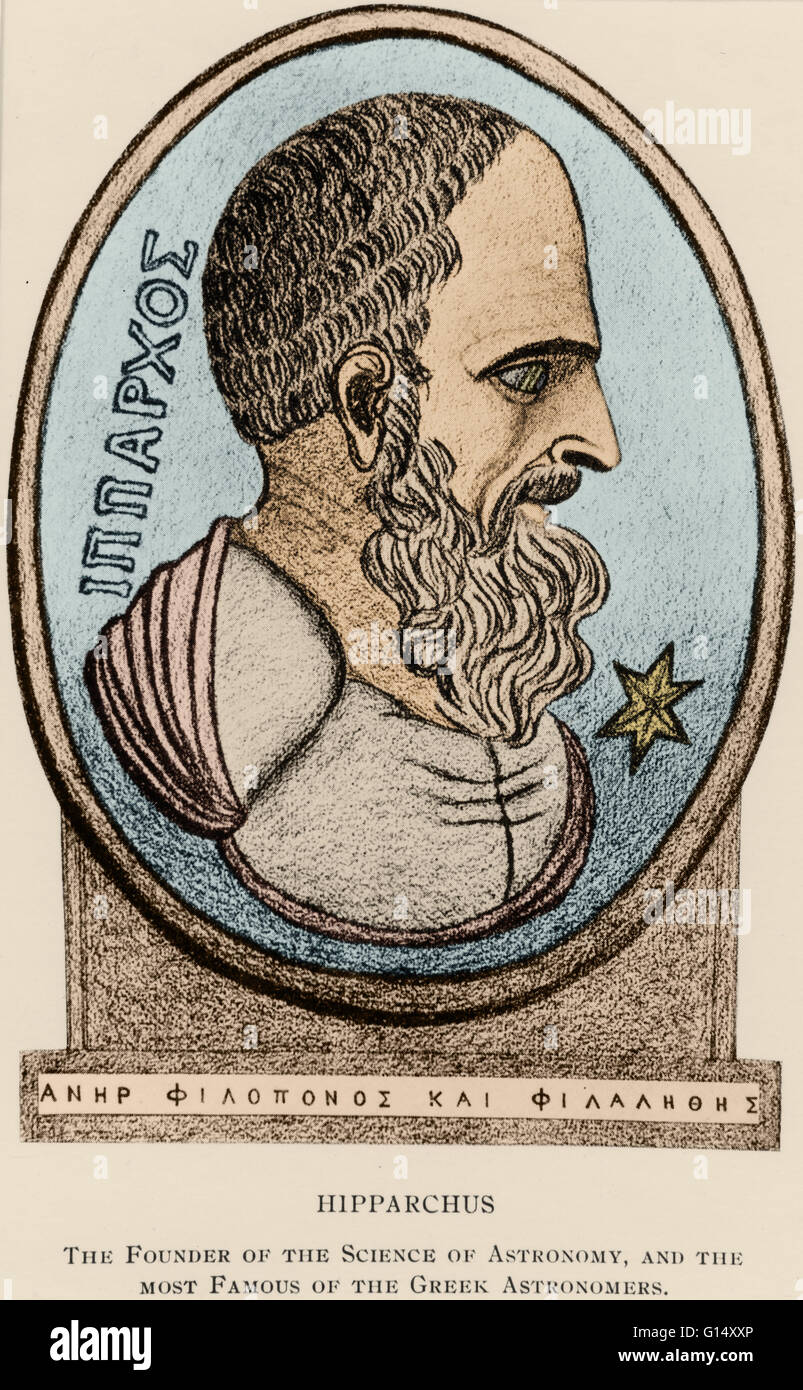PART 1: GUESS THE WORD
Our lesson for this term is all about stars and constellations.✨⭐
STAR
📝 A star is a gas-filled sphere held together by its own gravity. Our Sun is the closest star to Earth, so astronomers have a nearby example to study in depth.
Since nabanggit na gas-filled sphere siya. Banggitin ko na rin yung two main gases na dahilan kung bakit siya nagsha-shine sa sky.
📝Stars emit light by converting hydrogen into helium in their cores.
〰️Continuous yung process ng burning kaya sila nag e-emit ng heat and light sa space.
STAR FORMATION
Stars are born within dust clouds and are dispersed throughout most galaxies. The Orion Nebula is a well-known example of a dust cloud. Deep within these clouds, turbulence creates knots with enough mass that the gas and dust begin to collapse under their own gravitational attraction. The material at the centre of the cloud begins to heat up as it collapses. This hot core at the heart of the collapsing cloud is known as a protostar, and it will one day become a star. Three-dimensional computer models of star formation predict that spinning clouds of collapsing gas and dust may split into two or three blobs, explaining why the majority of stars in the Milky Way are paired or in groups of multiple stars.STAR'S LIFE CYCLE
STELLAR NEBULA
Ang bawat star ay nagsisimula sa isang stellar nebula, which is isang cloud ng hydrogen gas sa space. Then pag nagcollapse siya under its own gravity, don na magfoform yung heated core which is magiging star din.
NEW STAR
Stable yung mga star for a long time sa kanilang main sequence. Ano yung main seuqence? The main sequence of a star is the longest stage or phase of its life. A main sequence star is any star that is fusing hydrogen in its core and has a stable balance of outward pressure from core nuclear fusion and gravitational forces pushing inward. Ayan yung definition ng main sequence sa astronomy. Kung gaano sila katagal mananatiling stable, depende yon sa mass nila. Mas mabilis maburnout yung big stars kesa sa small stars.
RED GIANT
Kapag nasa later stages na yung stars ng life cycle nila, nagiging red giant na sila since yung hydrogen core nila ay nacoconvert na completely to helium. A red giant is much larger, and mas malamig kaya red yung color nito.
PLANETARY NEBULA
Pag malapit na mamatay yung star, magiging planetary nebula na sya, which consists of a cloud ng gas and dust sa ating space. Meron tayong around 10 000 planetary nebula sa ating galaxy.
WHITE DWARF
White dwarves are dead stars na nag run out na sa fuel. Pero kahit little to no energy na lang yung nirerelease nila, nag spend pa sila ng billion of years para mag cool down.
CHARACTERISTICS OF A STAR
📝Stars is characterized by SIZE, COLOR, BRIGHTNESS, SURFACE TEMPERATURE, and COMPOSITION
Unahin natin si brightness…
So, pano nga ba nadedescribe ang brightness ng isang star?
✒️ Brightness is described in terms of MAGNITUDE and LUMINOSITY
Sa MAGNITUDE, meron tayong dalawang klase.
🌟APPARENT MAGNITUDE
🌟ABSOLUTE MAGNITUDE
Ano bang pinagkaiba nilang dalawa?🤔
🏛️Nung 150 B.C. kasi, natutunan ng mga Greeks na nakadepende pala yung liwanag ng star sa kung gano ito kalayo from Earth and nakadepende din yung liwanag ng star sa size nito
🏛️Itong si Hipparchus, isang greek astronomer and mathematician. Gumawa ng scale from 1 to 6 para idescribe yung brightness ng star depende sa distance nito sa earth
🌟The brightness of a star that depends on its distance on Earth is what we called APPARENT MAGNITUDE
Itong scale na nya to, para sa APPARENT MAGNITUDE
🌟 Yung brightest star is yung First magnitude stars or magnitude 1 stars
⭐ Yung 6th magnitude stars naman yung faintest or pinaka-dim kumbaga
Para macompare nila properly yung stars , astronomers invented the Absolute magnitude para macompare nila yung true brightness ng stars
📝 Absolute magnitude is yung measure kung gaano kaliwanag ang isang star if vinew mula sa distance of 32.58 light years
📝Luminosity naman is yung rate at which a star radiates energy.
Factor that affects Luminosity
📌Size
📌 Surface Temperature
FYI, 400 trillion watts yung luminosity ng ating Sun. Yunng luminosity ng ating ☀️ ang standard para i describe yung luminosity ng ibang ⭐
If may tanong po kayo, reserved natin yan mamaya... Yung mga tanong ay sasagutin po sa end ng discussion. Thank you 😊
COLOR
📌Yung mga star na reddish sila yung pinakamalamig and nagraradiate sila ng energy sa red hanggang sa infrared region ng spectrum. While yung mga maiinit na stars, sila naman yung mga nasa blue hanggang ultraviolet region ng spectrum.
☀️ Ang ating Sun ay mid-range Temperature lang. Kita niyo naman po sa spectrum, mid-range lang po si yellow…
Next na tayo, SURFACE TEMPERATURE🌡️
🌡️Yung Surface Temperature ng ating stars ay expressed in KELVIN or K
🌡️Kelvin po kasi ang standard unit natin sa temperature. Which is pag nagconvert tayo from K to °C, 1 K = -273.15°C
Ito po yung table ng surface temperature ng mga ibat ibang color ng stars😊
| Table 1. Example Star Colors and Corresponding Approximate Temperatures | ||
|---|---|---|
| Star Color | Approximate Temperature | Example |
| Blue | 25,000 K | Spica |
| White | 10,000 K | Vega |
| Yellow | 6000 K | Sun |
| Orange | 4000 K | Aldebaran |
| Red | 3000 K | Betelgeuse |
SIZE
📝Yung size ng star ay ineexpress based sa solar radius or yung radius ng ating sun.
📝Stars can be classified by the following:
»Dwarf - 75%-80% size of the Sun
»Giant - 2× to 10× larger than our sun
»Super Giant - more than 10× of our sun
💫 COMPOSITION 💫
»Hydrogen (60%-80%)
»Helium (16%-36%)
»Oxygen, Neon, Carbon, Nitrogen (4%)




Comments
Post a Comment